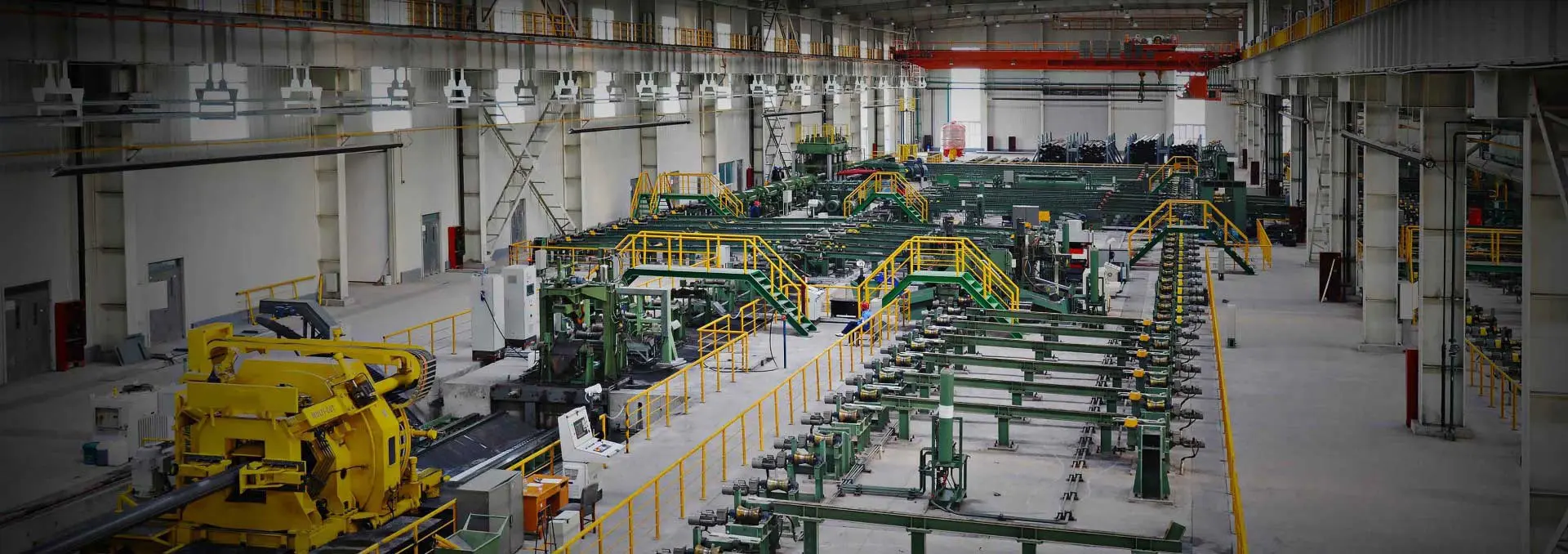When selecting steel materials for construction or fabrication, angle steel and square tubing are two common choices. Each has its own advantages in terms of cost, strength, and application. Here's a comparison to help determine which one may be better suited for your needs.
Union Steel Industry Co., Ltd is professional structural steels manufacturer, for more details, please contact:sales@union-steels.com
1. Is Angle Steel Cheaper Than Square Tubing?
The prices of angle steel and square tubing depend on factors such as material type, size specifications, and market demand. Generally speaking, for the same dimensions, angle steel tends to be slightly more expensive than square tubing. However, because steel prices fluctuate with market conditions, there is no fixed price gap between the two. It's best to check current pricing before making a decision, as both materials can vary significantly over time.
2. Is Angle Steel Stronger Than Square Tubing?
In terms of structural strength, angle steel generally outperforms square tubing. Angle steel comes in equal and unequal leg types and features fewer stress concentration points due to its open shape, which helps maintain strength under load. While square tubing offers benefits such as ease of manufacturing, uniform shape, and strong resistance to compression and bending, angle steel typically delivers better overall strength.
Furthermore, comparing tensile strength, angle steel ranges from approximately 200 MPa to 450 MPa, while rebar (used here as a benchmark) averages around 335 MPa. This further highlights the structural advantage of angle steel in many engineering applications.
Square Tube and Angle Iron:Comprehensive Comparison
|
Feature
|
Angle Iron
|
Square Tubing
|
|
Shape
|
L-shaped with a 90-degree angle
|
Square hollow cross-section
|
|
Material
|
Carbon steel, stainless steel, aluminum
|
Steel, stainless steel, aluminum
|
|
Strength
|
Stronger along the longer leg
|
Uniform strength in all directions
|
|
Applications
|
Framing, support structures, machinery frames
|
Structural applications, scaffolding, fencing, architectural projects
|
|
Variability
|
Comes in various sizes with different leg lengths and thicknesses
|
Uniform wall thickness with varying square dimensions
|
|
Load Bearing
|
Stronger in the direction of the longer leg
|
Uniform load-bearing capacity in all directions
|
|
Flexibility
|
Less flexible due to asymmetrical shape
|
More flexible due to symmetrical shape and uniform properties
|
|
Aesthetics
|
Dependent on the project's design preference
|
Offers a clean, modern look with uniform edges
|
|
Cost
|
Varies based on material, size, and supplier
|
Generally similar price per unit weight, but can vary based on material and supplier
|

 English
English Español
Español




 Tel : +86-18565811709
Tel : +86-18565811709 Email :
Email : 
 News
News




